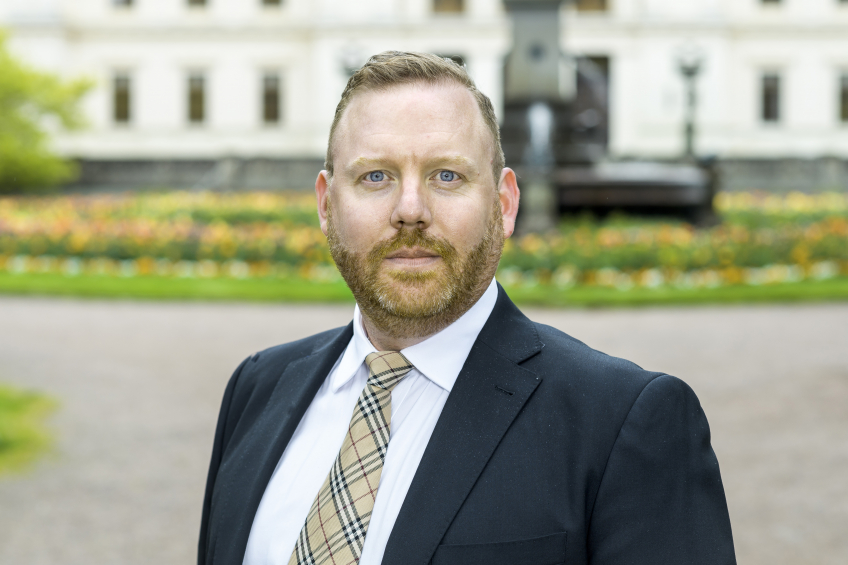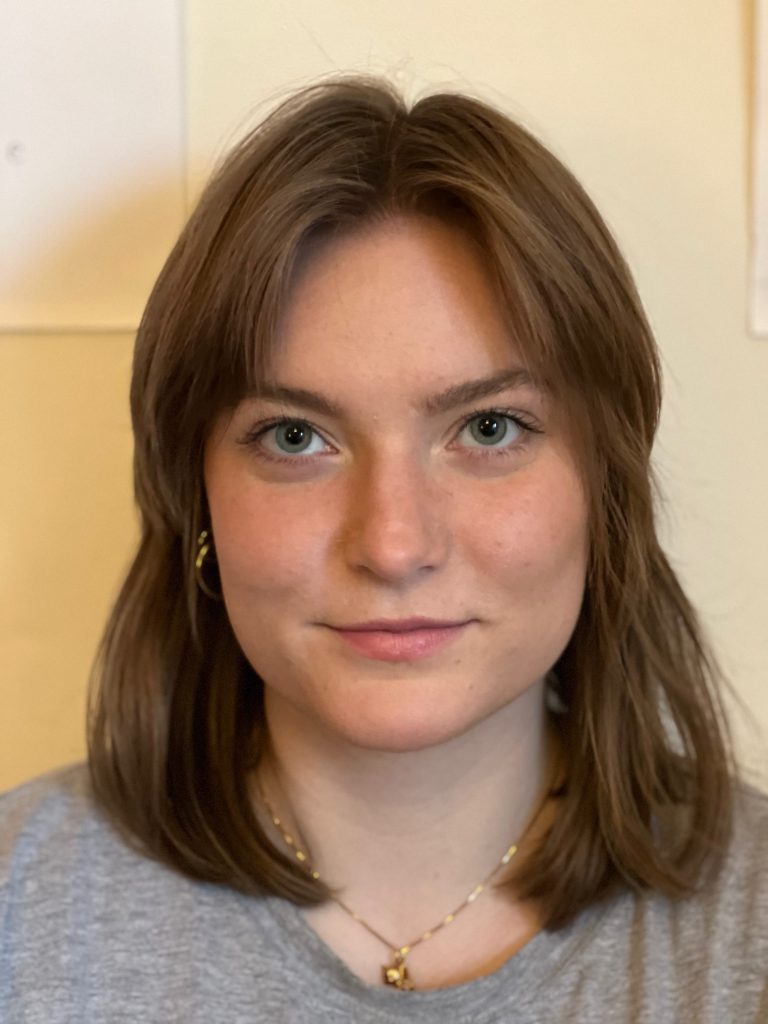In 1880, the first two female students, Hedda Andersson and Hildegard Björck, enrolled at Lund University. Andersson was left as the only woman for two years, after Björck dropped out, but soon the number of female students began to rise gradually.

More female students also began to get involved in student life. In 1900, the Lund Female Students’ Association was formed, and during the 1930s, Britt G Hallqvist became the first female contributor to Lundagård, the students’ union magazine. Sweden’s first female doctoral graduate, Frida Palmér, publicly defended her thesis in 1939 at the University, and in 1964, the first female professor, Carin Boalt, was appointed at LTH (the then independent Lund Institute of Technology, now LU’s Faculty of Engineering). One year later, Birgitta Odén became the first female professor at LU in 1965. The University’s first and so far only female vice-chancellor, Boel Flodgren, was appointed in 1992.
The will to achieve gender equality and equal opportunities defines the trajectory of women at Lund University and that same will also defines the way forward. One example of the University’s current projects on these issues is the University-wide initiative for gender equality and equal opportunities. Launched in 2019, under the management of Pro Vice-Chancellor Jimmie Kristensson, its aim is to reinforce university-wide efforts in support of gender equality, equal opportunities and equal treatment.

A project to identify effective working methods in the field of gender equality
Pro Vice-Chancellor Jimmie Kristensson describes the University as having been “a decentralised organisation”; the project was to change how work on gender equality and equal opportunities is organised. He explains that gender equality issues have been addressed with unclear links to decision-making powers and implementation mandates, despite many faculties having several initiatives. In Kristensson’s view, gender equality work in academia requires a cohesive organisation. Money has been allocated for an LGBT network for employees and there is active collaboration with the Tellus project (hyperlink) which works to prevent sexual harassment and to give clear remits to employees. Kristensson hopes that the new organisation will lead to more powerful and effective work.
Four areas identified in the project
• Discrimination-free recruitment and career paths
• Knowledge and expertise in the organisation
• A systematic working method
• Preventive work against sexual harassment
Kristensson’s engagement is strong and he emphasises the need for the University to take a more intersectional approach:
“After all, it is about working for an organisation that is somehow caring, in all its competition and all its excellence, that is capable of showing respect and understanding for the fact that people are different. Those differences enrich us.”

Text and research: Elsa Hilltorp
Alumna of Lund University’s Bachelor’s programme in Gender Studies, 2018-2021. Currently a first-year student in the Master’s programme in Global Studies at Lund University.

